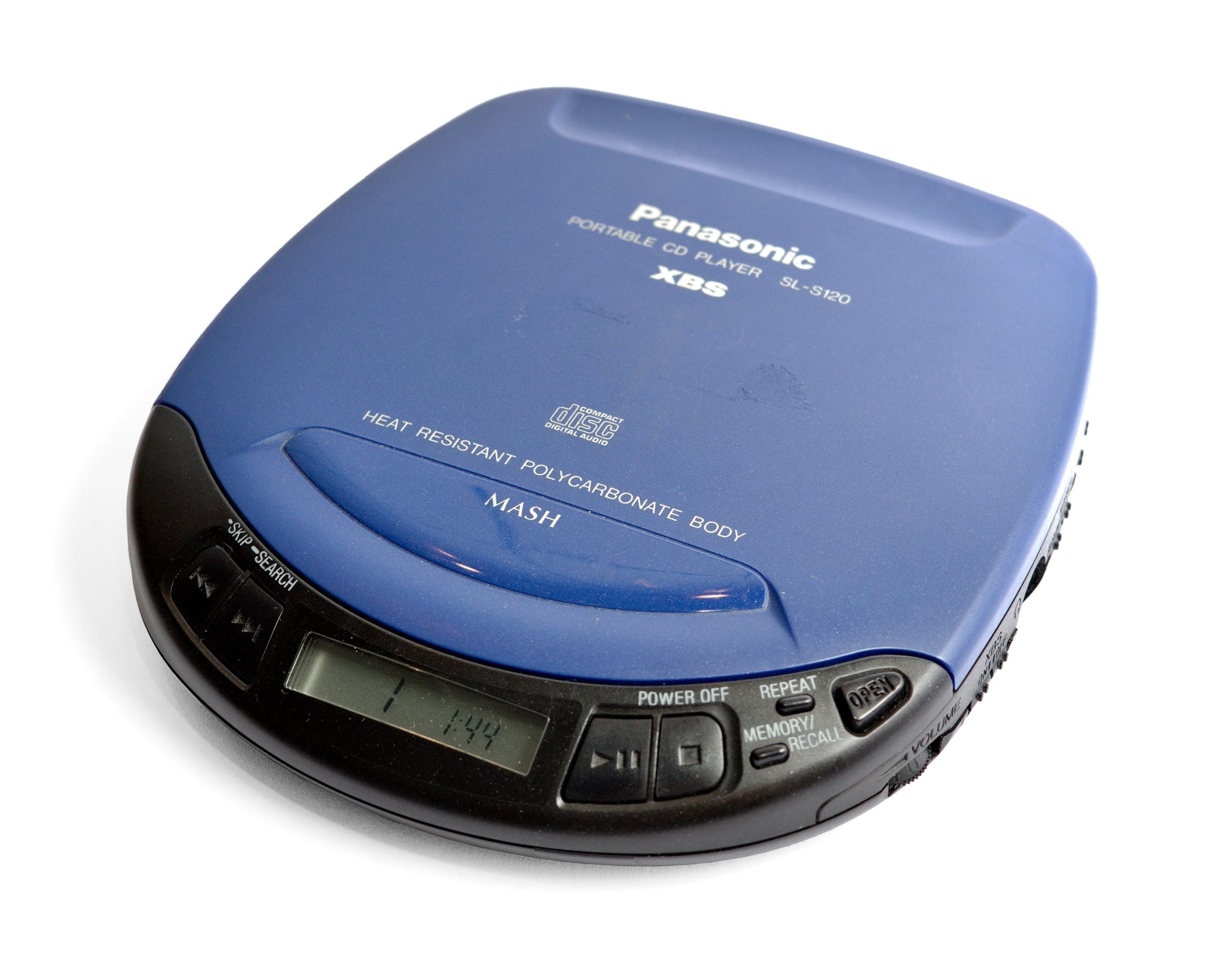

The Evolution of CD Players: From Analog to Digital Domination
Introduction
The Compact Disc (CD) player has played a pivotal role in the transformation of music consumption, marking a shift from analog to digital audio formats. Introduced to consumers in 1982, CD players quickly became a staple in home stereo systems, car audio setups, personal computers, and portable devices like CD boomboxes. This article explores the fascinating journey of CD players, from their inception to their evolution into versatile digital audio devices.
The Birth of CD Players
The development of CD players traces its roots to the collaboration between Sony and Philips, inspired by the groundwork laid by American inventor James T. Russell. Russell’s patent for recording digital video information on an optical transparent foil paved the way for the technology that would later become integral to CD players.
In the late 1970s, prototypes for the CD and CD player emerged independently from Philips and Sony, leading to the establishment of the Red Book CD-DA standard in 1980. This collaboration between the two companies enabled the widespread adoption of CDs and players, as they created a unified design that allowed interoperability between different manufacturers.
The world witnessed the commercial release of the first CD player in 1982 – the Sony CDP-101. This device, equipped with laser diodes, marked a departure from the larger helium-neon lasers used in early LaserDisc players.
Compact Disc Technology
The CD’s inception was rooted in the quest for superior sound quality. In 1974, Philips engineers, led by Lou Ottens, began developing an analog optical audio disc. Due to the unsatisfactory performance of the analog format, the team shifted its focus to digital, setting the stage for the birth of the compact disc.
The collaboration between Sony and Philips resulted in the Red Book CD-DA standard, which defined the sampling frequency, playing time, and disc diameter. The disc’s diameter was set at 11.5 cm, resembling the diagonal of an audio cassette. Philips contributed the manufacturing process based on video LaserDisc technology, while Sony provided the error-correction method known as CIRC (Cross-Interleaved Reed-Solomon Code).
Commercial Success and Impact
The first commercial compact disc was produced on August 17, 1982, featuring Claudio Arrau performing Chopin waltzes. The success of CDs and CD players skyrocketed, with over 400,000 CD players sold in the United States between 1983 and 1984. The CD’s handling quality received praise, especially in classical music and audiophile communities.
As CD player prices gradually decreased, and with the introduction of the portable Walkman, CDs gained popularity in mainstream music markets. Dire Straits’ 1985 album “Brothers in Arms” became the first to sell a million copies on CD. By 1988, 400 million CDs were manufactured globally.
Further Development and Decline
While initially designed for music playback, CDs evolved to encompass other applications. In 1983, experiments with erasable compact discs were presented, and in 1985, the computer-readable CD-ROM was introduced. The early 2000s saw the decline of CD players in automobiles, replaced by portable digital audio players and USB connections.
The rise of Internet-based distribution and lossily-compressed audio formats, such as MP3, led to a decline in CD sales from the 2000s onwards. Despite this, CDs, along with vinyl records and compact cassettes, continue to be released by some musicians, serving as merchandise for fans who appreciate tangible formats.
The evolution of CD players from their groundbreaking introduction in 1982 to the present day reflects not only technological advancements but also changes in consumer preferences and the music industry landscape. While CD players may no longer dominate as they once did, their impact on the transition from analog to digital audio formats remains significant, shaping the way we experience and enjoy music. Recently Yamaha announced CD comeback with new 5-CD changer, CD-C603, Yamaha’s new CD-C603 multi-disc CD changer offers a welcome blast from the past for music fans missing the rituals of physical album listening.


- Arodes cover Interview
- Armin van Buuren: Breathing In [Exclusive Interview]
- Ibiza 2024: What To Expect
- Burak Yeter: A Day In Space [Exclusive]
